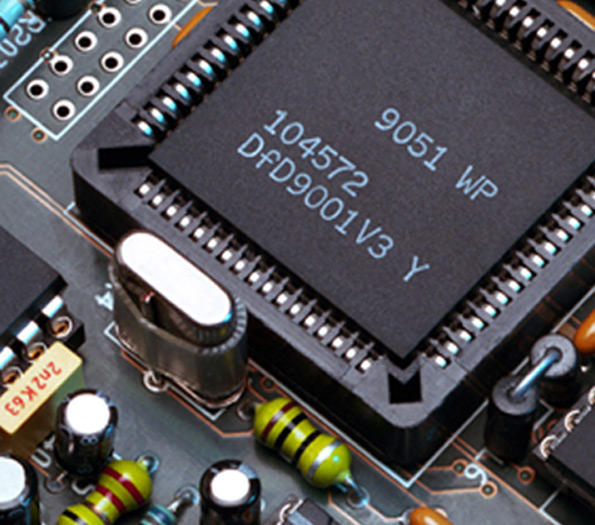

Understanding Low E-Value Glass Benefits and Applications
In the realm of modern architecture and energy efficiency, the concept of Low E (Low Emissivity) glass has emerged as a pivotal innovation. As a key component in sustainable building design, low E glass is renowned for its remarkable ability to enhance energy efficiency while providing comfort and aesthetic appeal. This article delves into the characteristics, benefits, and diverse applications of Low E glass, painting a comprehensive picture of its significance in today’s environmentally-conscious world.
What is Low E Glass?
Low E glass refers to a type of glass that has been treated with a microscopically thin metallic coating that reflects infrared light while allowing visible light to pass through. This coating significantly reduces the amount of heat that can escape or enter a building, minimizing energy loss and enhancing temperature regulation. The 'E' in Low E stands for emissivity, which denotes the ability of a surface to emit thermal radiation. By decreasing emissivity, Low E glass helps maintain a consistent indoor environment.
The Science Behind Low E Glass
The manufacturing process of Low E glass involves the application of a thin layer of metal or metal oxide. Typically, materials such as silver or tin oxide are used, as they exhibit favorable optical and thermal properties. There are two primary categories of Low E coatings hard coat and soft coat. Hard coat Low E glass is more durable and often used in single glazing, while soft coat Low E glass, which offers superior performance, is primarily used in double or triple glazing.
The effectiveness of Low E glass is quantified by its U-value and Solar Heat Gain Coefficient (SHGC). The U-value measures the rate of heat transfer in and out of a building, while SHGC assesses how much solar radiation can enter through the glass. Low E glass typically exhibits lower U-values and SHGCs compared to standard glass, making it an optimal choice for energy-efficient buildings.
Benefits of Low E Glass
1. Energy Efficiency The primary advantage of Low E glass is its ability to improve energy efficiency. By reflecting heat back into the building during winter and keeping it out during summer, Low E glass drastically reduces the reliance on heating and cooling systems. This not only lowers energy bills but also contributes to a reduced carbon footprint.

2. Comfort Low E glass enhances interior comfort by minimizing temperature fluctuations and reducing drafts. Homeowners and building occupants can enjoy a consistent, pleasant environment year-round.
3. Glare Reduction The coatings used in Low E glass help diminish glare while still allowing ample natural daylight to enter. This is particularly beneficial in workspaces and homes with large windows, where excessive sunlight can lead to discomfort.
4. UV Protection Low E glass can effectively block a significant percentage of harmful ultraviolet (UV) rays, protecting interior furnishings, artwork, and flooring from fading and damage.
5. Aesthetic Appeal Available in a variety of styles, Low E glass offers architects and designers the flexibility to create visually appealing structures without compromising on performance.
Applications of Low E Glass
Low E glass finds applications across various sectors, from residential to commercial and institutional buildings. In residential settings, it is commonly used in windows and sliding glass doors to enhance energy efficiency and comfort. In commercial buildings, Low E glass is often incorporated into curtain walls and facades, contributing to sustainable design goals.
Furthermore, Low E glass is increasingly being utilized in the automotive industry, particularly in high-end vehicles where energy efficiency and occupant comfort are paramount. Windshields and side windows made from Low E glass can significantly reduce interior heat buildup, making vehicles more energy-efficient and comfortable.
Conclusion
Low E glass represents a significant advancement in building materials, combining energy efficiency with aesthetic appeal. With its ability to regulate temperature, reduce energy consumption, and protect against harmful UV rays, Low E glass is an indispensable component of modern architecture. As society increasingly prioritizes sustainability, the adoption of Low E glass will likely continue to grow, paving the way for a greener future and more comfortable living environments. Whether in homes, commercial spaces, or vehicles, Low E glass is poised to play a vital role in shaping the built environment for years to come.